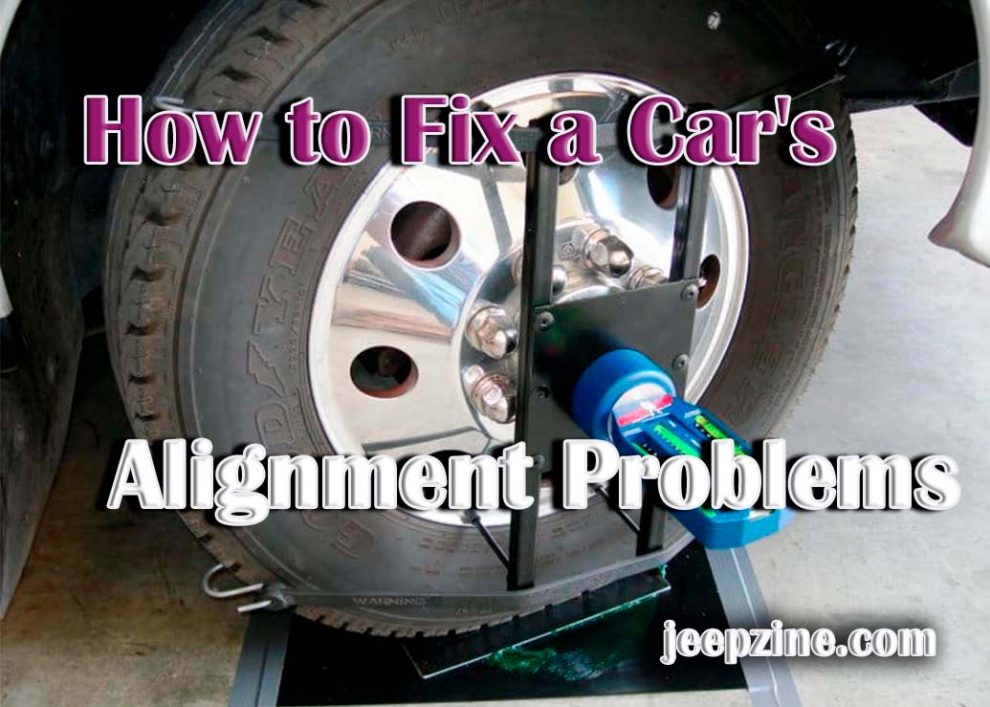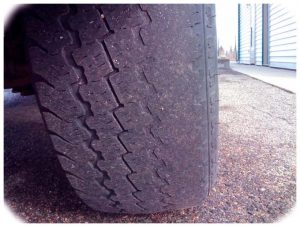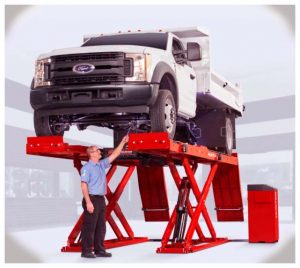Misaligned wheels can cause various issues, from uneven tire wear to difficulty steering and excessive vibrations at speed. Fortunately, fixing car alignment is a relatively straightforward process that mechanics and car technicians often handle. In this article, we’ll discuss the causes of car alignment issues and explain how these problems are fixed.
What Causes Car Alignment Issues?
This paragraph discusses the causes of car alignment issues and their potential consequences, including uneven tire wear, difficulty steering straight, and vehicle pulls to one side or vibrates at speed. It highlights the importance of addressing these issues as soon as possible to avoid further damage and explains that fixing car alignment is a relatively straightforward process that requires measuring and adjusting each wheel’s toe, camber, and caster angles using specialized tools such as an alignment rack and suspension tools. It also advises taking the car to a mechanic for further evaluation if misalignment is suspected.
-
Uneven Tire Wear: Uneven tire wear is one of the most common car misalignment indicators. Unevenness can appear either across the tread or along the inside/outside edges — both cases are indicative of misalignment and should be addressed as soon as possible to avoid further damage to your vehicle or tires.
-
Difficulty Steering Straight: If your car pulls to one side while driving, it could be a sign of misaligned wheels or an issue with your steering system in general (e.g., worn ball joints). This can make keeping the vehicle straight on roads difficult, especially when driving at higher speeds or taking turns at corners/curves.
-
Vehicle Pulls to One Side or Vibrates at Speed: If your car pulls to one side, it’s likely due to an incorrect toe angle (the angle between the front wheels when viewed from above). Alternatively, if your vehicle vibrates at higher speeds, it could indicate incorrect camber or caster angles. In both cases, you should take your vehicle to a mechanic for further evaluation and possible alignment adjustment.
How is Car Alignment Fixed?
Discover the process of fixing car alignment issues, which involves measuring and adjusting each wheel’s toe, camber, and caster angles using specialized tools such as an alignment rack and suspension tools. The paragraph highlights the importance of leaving this task to professionals, as it can be challenging for non-mechanics to interpret the readings correctly. The process may involve adjusting the front or rear suspension components, such as tie-rod ends, control arms, strut plates, and ball joints, depending on the type of vehicle. The adjustments should be made in small increments until the correct angles are achieved.
-
Measure Toe, Camber, and Caster Angles: The first step in fixing car alignment issues is measuring each wheel’s toe, camber, and caster angles. This will help identify which angles are out of specification and must be adjusted accordingly. To do this accurately requires a specialized tool called an alignment rack—it’s best left to professionals as it can be difficult for non-mechanics to interpret the readings correctly.
-
Adjust the Suspension to the Correct Angles: Once the misaligned angles have been identified and measured on each wheel, adjustments can be made using specialized suspension tools (e.g., camber/caster kit).
Depending on the type of vehicle, this may involve adjusting the front or rear suspension components such as tie-rod ends, control arms, strut plates, and ball joints. All adjustments should be done in small increments until the correct angles are achieved.
Conclusion
Car alignment issues can lead to uneven tire wear and difficulty steering straight. Fortunately, these problems can often be fixed by measuring and adjusting each wheel’s toe, camber, and caster angles using a specialized alignment rack and suspension tools. It’s important to address these issues as soon as possible—so if you suspect your car is misaligned, don’t hesitate to take it to a mechanic for further evaluation.


 Uneven Tire Wear: Uneven tire wear is one of the most common car misalignment indicators. Unevenness can appear either across the tread or along the inside/outside edges — both cases are indicative of misalignment and should be addressed as soon as possible to avoid further damage to your vehicle or tires.
Uneven Tire Wear: Uneven tire wear is one of the most common car misalignment indicators. Unevenness can appear either across the tread or along the inside/outside edges — both cases are indicative of misalignment and should be addressed as soon as possible to avoid further damage to your vehicle or tires. Measure Toe, Camber, and Caster Angles: The first step in fixing car alignment issues is measuring each wheel’s toe, camber, and caster angles. This will help identify which angles are out of specification and must be adjusted accordingly. To do this accurately requires a specialized tool called an alignment rack—it’s best left to professionals as it can be difficult for non-mechanics to interpret the readings correctly.
Measure Toe, Camber, and Caster Angles: The first step in fixing car alignment issues is measuring each wheel’s toe, camber, and caster angles. This will help identify which angles are out of specification and must be adjusted accordingly. To do this accurately requires a specialized tool called an alignment rack—it’s best left to professionals as it can be difficult for non-mechanics to interpret the readings correctly.
Add Comment